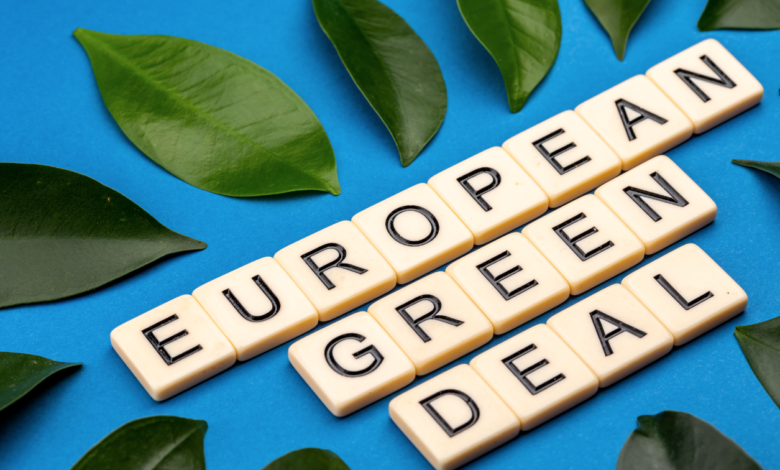What is the impact of the Green Deal on Europe’s emissions?

The impact of the Green Deal is one of the most debated topics in the European election campaign
One degree less global warming. In 5 years. This is the impact of the Green Deal on the EU’s emission trajectory. If all countries worldwide adopted the same policies as Europe, the global mercury column would reach just over 2°C in 2100. With the policies of 2019, before the EU “green acceleration“, it would have reached more than 3 degrees. The reduction of greenhouse gases by 2030 is going towards -51%, less than the -55% foreseen by the EU package ‘Fit for 55’ but well above the -33% towards which it was going in 2019.
Policies currently implemented and planned under the Green Deal put the EU on a “substantially aligned” path with a global scenario leading to a global temperature increase of just over 2°C by the end of the century “If other countries will follow a similar level of ambition,” Climate Action Tracker calculated. “The level of action is now much higher than five years ago,” CAT adds in an analysis published on the eve of the European elections on 6-9 June.
The impact of the Green Deal at the heart of the EU elections
Crucial elections for the trajectory of European emissivity. Formally establishing the intermediate emission reduction target by 2040 will be among the incoming Commission’s and the European Parliament’s first tasks. The option ventilated so far – substantially in line with the recommendations of climate science – is -90%. But the wave of grumbling that has grown lately in many EU countries about the impact of the Green Deal makes this goal anything but peaceful.
Nor is it a foregone conclusion that the ambition of the green policies already approved by Brussels will be left intact in the coming years. The moves to stifle the stop to the sale of new diesel and petrol cars after 2035 or the blows of a pick to the green clauses of the common agricultural policy are only two examples of this trend already in place.
Some of the pillars of the Green Deal which, according to CAT’s analysis, have contributed most to breaking the EU’s emission trajectory, are at the heart of the hottest controversies. “The significant difference in 2030 emissions compared to our 2019 estimate is due to policies that are part of the Green Deal, in particular the additional measures for renewable energy, the reform of the EU’s emissions trading system, new standards for cars, including the ability to sell only 100% emission-free cars by 2035, energy efficiency measures and the introduction of a second emissions trading scheme for transport and buildings,” CAT writes. New emission standards for cars and the introduction – yet to be decided in detail – of the “twin” carbon market, the ETS 2 on buildings and transport, are the most at risk policies.





